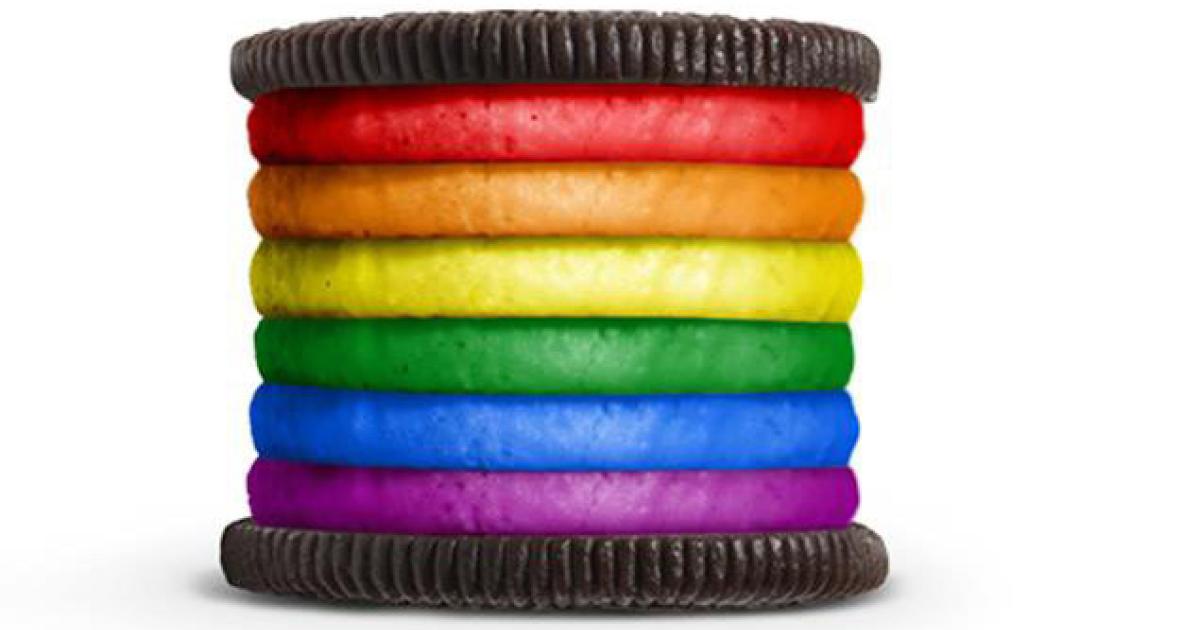By \ August 6, 2017
The year is 1994. You’re in the family van, hours into a road trip. Your little sister restates the obvious: I’m hungry!
There is no GPS or Yelp. Just a wrinkled paper map with grids on it that your father insists were drawn wrong. Just then, two golden arches appear on the horizon. All sorts of feelings stir inside you, mainly relief and increased hunger.
Back then, McDonald’s would be the first to say that consistency is everything. Even with their massive marketing budget, they understood that time with the consumer is limited, and that greeting those consumers with the same logo and message seemed the surest way to stick in their memory and flick those same emotional triggers.
Flash forward to 2017, when brands can find consumers nearly anywhere and at any time. In addition to traditional advertising like print and TV, brands meet audiences on social media channels, blogs, events, digital publications, websites, microsites, podcasts, emails and more. With these myriad touch points, the goal is no longer to be spotted on a horizon, but to fit within each new environment and stake a claim to a moment in someone’s day.
Oreo’s Flexible Brand
Here’s a classic example: On June 25th, 2012, Oreo posted an image on Facebook with their cookies’ cream-filled layers decked out in rainbow color to support the one-year-anniversary of New York’s Marriage Equality Act.
The move earned the cookie company tens of thousands of shares and likes—and further emphasized their reputation as a socially conscious company. Had the company been stricter about altering the brand design — or not have been familiar with the value of flexibility — then the idea wouldn’t have ever taken form.
Altering a brand design based on individual audiences and moments is how businesses keep their relevance, and how the brand personality evolves year after year. As brands continue to spread throughout digital platforms, it’ll be flexibility, not consistency, that allows them to make the biggest impact.
Let’s look at a few more examples of brands headed in this direction.
Flexible Brand Designs
- Hillary Clinton’s Presidential Campaign: Initially brutalized by designers and industry loud-mouths for its simplicity, the million dollar “H” from Hillary Clinton’s Presidential campaign eventually proved its worth when aligned with the various issues, holidays and events that a Presidential candidate is expected to comment on. Throughout the campaign year, we’ve seen the “H” framing a picture of the Democratic Presidential nominee and her daughter on Mother’s Day, a chimney with Santa popping out of it on Christmas, rainbow colors during Gay Pride Month, and more.
- Huge: This New York based digital agency had the dynamic “H” thing down way before Senator Clinton. As their logo takes on different looks, often times just two vertical yellow bars with an object running horizontally across, Huge is able to showcase their creative talent and design skills while having the flexibility to support things like innovation festivals or Annual Pi Day.
- MTV: From the beginning, MTV’s brand was designed to be as manic, hyper and ephemeral as their viewers’ attention spans. Just take a look at their commercial from 1980. For nearly 40 years the MTV logo has had identity ADHD, adapting in real time to the ever changing hipness of bands, celebrities, events and designs. As pop culture found its footing, MTV was there to broadcast it alongside the TV station’s own logo—and it’s continued to do so even more successfully in the digital age.
- Nickelodeon: This amebic logo has a concept similar to MTV’s logo. But instead of appealing to a late teen’s rebellion and restlessness, it appeals to a child’s imagination. When I see a puddle or an orange gooey blob, I don’t see much more than a nihilistic mess. On the other hand, a kid might see an elephant, a spaceship or a magical troll. The smart folks at Nickelodeon leveraged the imagination’s of kids, and created a flexible logo that can keep up.
- Now This: At the end of every Now This video, the media company’s logo is rendered in a variety of styles, breaking all the rules of consistent branding. To an older audience this might feel jarring, but then again, watching a 30-second video news story on Facebook that uses pop-culture references to convey aggressive viewpoints, all the while captured on iPhone quality technology, might also feel jarring. Of course, this is the point. Now This wants to convey the millennial perspective of the news, and by letting their logo float through different identities we get a genderless, universal though still individualistic vibe from the company–a bull’s eye in terms of millennial ideals.
- Natty Boh Man: National Bohemian, the once locally brewed Baltimore beer company, was able to create a mascot (Mr. Boh) that is almost as synonymous with Baltimore as the Baltimore Oriole is. What was their trick? Flexibility. By licensing out their one eyed mascot to major Maryland businesses like the Maryland lottery, Smyth Jewelers and The Baltimore Orioles, the company was able to expand the brand past the bars and into ballparks and storefronts where Baltimore’s neighborly folk swarmed. Since those early marketing choices the brand has proliferated at the hands of those not paid by the company, finding its way into local art work, merchandising shops, coffee shops, and taking on even more hyper-local augmentations like Natty Poh man.
- Google Doodle: What’s most effective about the venerable Google Doodle is that each and every day it allows the Google brand to commemorate, and therefore align itself, with an aspect of culture and history. The lesson to learn here is that the sometimes the easiest way to support a specific audience base is to honor an aspect of their culture with a well thought-out and high quality message.
- Oi: Oi, which means “Hello” in Brazilian, is an offshoot brand from the Brazilian telecommunications company Tellmar. Having created the logo in the early 2000’s, Tellmar’s agency, Wolff Olins, reimagined it in 2015 with sound and touch technology that allowed the logo to morph by size and color based on an individual’s voice. In this case the logo doesn’t change to represent events or issues, it changes to represent an individual.
Flexible Brands for the Digital Age
Digital age technologies and mediums open up more doors every day for brands to engage with hyper specific audiences, and at hyper-specific times of the their days. What a brand brings to the table when they get there is key.
Posting an image on Facebook for Father’s Day? Handing out stickers at a local festival? Featuring a custom banner design on your website for a specific user? Whatever the tactic, a flexible logo, like the ones mentioned, is necessary for brands entering new mediums with different messages. Just don’t spread yourself too thin.
If you’re having trouble finding ways to augment your brand, or are about to redesign or create a brand from scratch and would like some help, feel free to give us a shout.

